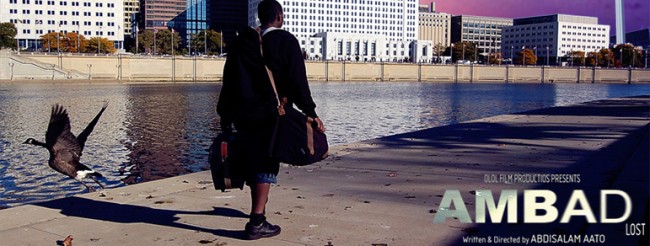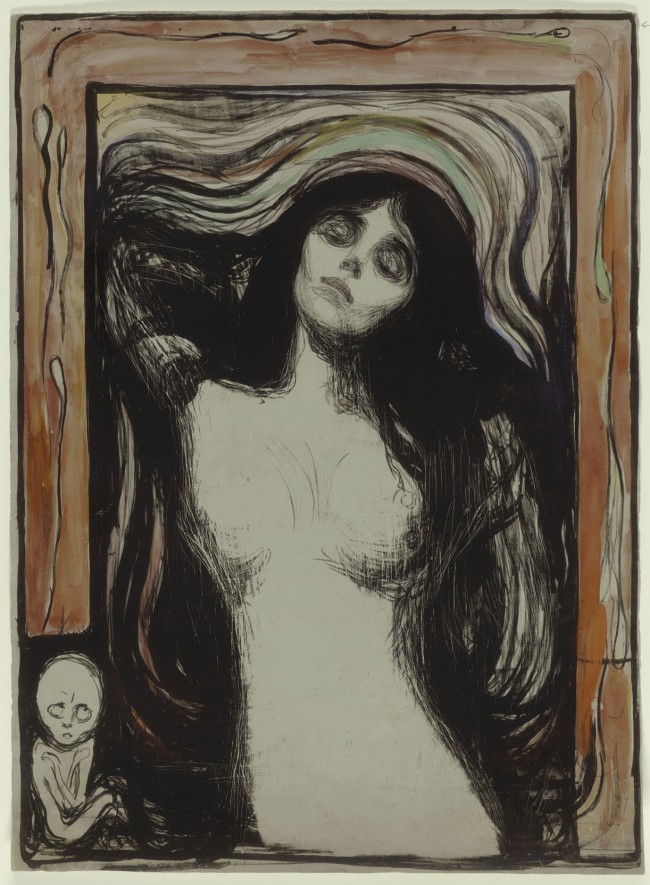Ohio’s Unlikely Film Industry
For many Americans, the nation of Somalia is a virtually unknown entity whose name conjures up little more than vague notions of piracy, Islamist militants and grave famine. The 33-year old Somali refugee Abdisalam Aato is trying to change all that, one movie at a time. Aato has been giving voice to an entire generation of Somalis since 2003, creating a veritable capital of Somali filmmaking on the way. Located in the unlikely town of Columbus, Ohio, Aato’s Olol Films has become the center of an industry that some have dubbed Somaliwood. Capitalizing on cheap digital formats and underground bootleg distribution, Olol Films has become a leader in the increasingly active realm of third world filmmaking.
A small city in the middle of the Midwest, Columbus may not seem like an obvious choice for a refugee filmmaker to set up shop. However, Columbus is home to the one of the largest communities of Somali refugees in the nation, with at least 45,000 Somali residents and around 500 Somali-owned businesses in the city, according to the Somali Community Association of Ohio. Columbus was Aato’s final stop in a journey that took him from watching movies as a kid in the Somali capital of Mogadishu, to running the world’s first Somali-owned and operated film company.
It was in Mogadishu that the filmmaker developed a passion for cinema. He describes his older brother taking him to the movie theater for the first time when he was five years old, an experience which impressed Aato so much, he would soon be spending five to seven days a week in the theaters. Since the movies were dubbed in Italian (the southern half of Somalia was once an Italian colony), Aato learned the language at a local cultural institute in order to understand the films by his cinematic idols, including Martin Scorsese, Francis Ford Coppola and Quentin Tarantino.
When civil war broke out in 1991, Aato and his family were among the hundreds of thousands of Somalis who fled Mogadishu. After spending four years in various refugee camps in Kenya, Aato and his siblings obtained U.S. visas and moved to Atlanta, Georgia, in 1996. Here, the 20-year old worked in a warehouse, volunteering for the local community access TV and radio station in his free time. Although he had never used a computer or video camera before arriving in the U.S., Aato quickly picked up the new skills. He bought his own home video camera, learned how to edit the film at the TV station, and began to contemplate opening his own film company.
Aato and his brother moved to Columbus in 2001 and founded a film company whose name reflected their experience as refugees (Olol is said to be the sound that lonely camels make when separated from their partners and children). Significantly, they chose to write their scripts in the Somali language, an even more radical move considering the fact that even in Somalia films aren’t screened in Somali. Their first feature film, Raajo (or Hope), was shot in the summer of 2003. Aato wrote, directed and produced the film, employing friends as actors and technicians, using local Somali musicians to create a soundtrack, and financing the entire project through the generous donations of friends and family: “We do a lot of begging to finance our films,” Aato says.
The movie, which focuses on the troubles and travails of young Somali refugees, was an enormous success in the Somali community. And though movie theatres are only intermittently safe to attend in Mogadishu, Aato claims that his movies are widely available throughout Somalia within three days of being released, thanks to a thriving bootleg industry. Through similarly illegal routes of distribution, Aato’s movies have reached Somali communities all over the world, attracting a huge following as far away as New Zealand and Australia.
Although he doesn’t stand to earn any profits from these unusual distribution methods, Aato embraces them. “I don’t do it for the money,” he says. “I want to write and preserve the history of this generation, and educate the generation to come.” The filmmaker says that the lack of Somali movies or other media from the past has doomed the stories of former generations to oblivion. Aato’s goal is to help future generations of Somalis remember what came before them.
Aato’s movies aren’t just for Somalis, though. He also hopes to introduce Somali culture to the rest of the world, and lend some dimensionality to Westerners’ largely negative understanding of his nation. To this end, Aato has also joined the Somali refugee community’s strong online presence with the creation of a website (bartamaha.com), which features political commentary, video clips of musical events and poetry readings, and short films, with content in both Somali and English.
Today, Olol Films has produced several shorts and music videos, five feature-length films and two documentaries, with several more projects planned for the future. Aato’s films have been shown in film festivals on the East Coast, in Canada, New Zealand and Australia. The growing success of Olol Films is testament to the digital image’s empowering potential for those who have long been denied access to traditional media outlets.
The popularity of Somaliwood is on par with the success of Third Cinema film industries, like Noliwood (the Nigerian film industry, now the third largest in the world, which also capitalizes on digital production and bootleg distribution techniques). Through these means, the peoples of economically depressed or war-torn nations are able to tell their own stories, write their own histories, and lay claim to an all-important agency to determine how they are represented—an agency that is long overdue.
To learn more about Olol Films, visit www.ololfilm.com
Promotional poster image courtesy of Olol Films










[…] growing Somali film industry. The arguable capital of this industry? Columbus, Ohio. There’s a great article outlining more of the inspiration and reasons for the Somaliwood interest in Columbu…. Many film shorts can be found on YouTube. I’ll be sharing reviews and thoughts of ones I […]